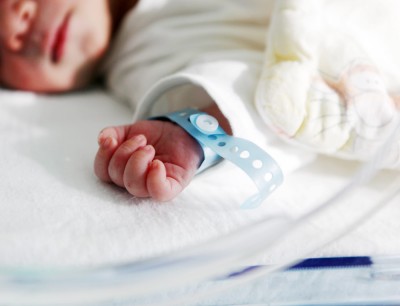





Delivery is defined as the expelling of the baby outside the womb after a pregnancy of approximately 38 to 42 weeks. Babies born prior to the 37th week of pregnancy are considered premature. Thanks to the advancements in medicine and technology, the chances of survival of a premature baby have also improved. 28. Uterine contractions start during pregnancy. In the weeks close to labour, these contractions gain force. When these are painful, which happens infrequently, they are called Braxton-hicks contractions.
Due to the changes in hormone levels 1-2 days prior to delivery, the body discharges water and loss of appetite is experienced. In this period, the expectant mother could lose 1 to 2 kg. Sometimes the energy accumulated in the body in preparation for labour is released on the days closer to delivery. Many pregnant women use this energy to clean the house, rearrange the furniture, etc. instead of preserving it for labour. Yet they will need this energy for delivery of their baby and using it randomly may lead to early fatigue and could cause difficult and prolonged labour. In some pregnant women, a few days before delivery or right at the start of it, the body could cause softening in the stools to clean out the bowels by a bout of diarrhoea and gas. This frequently observed and facilitates the work of the uterus.
These signs show that the start of labour is close; however all pregnant women may not experience or become aware of experiencing these symptoms. This is normal.
SIGNS OF LABOUR:
A so called “bloody show”, which is a blood-tinged mucus discharge, point to the start of labour together with regular contractions (at certain time intervals) and breaking of water. These signs are not in sequential order. They can appear in a different sequence in every woman and in different pregnancies of the same woman.
Bloody Show: A gel like mucus plug forms at the opening of the womb that remains closed all through pregnancy, to protect the uterus and baby against infections. This mucus plug is colloquially called the “Bloody Show”. The uterus softens with the contractions and pushes out this mucus. You don’t need to go to the hospital immediately after the mucus is dispelled; however this shows that delivery is imminent.
Breaking of Water: Amniotic fluid is not heavy and dense like the discharge but rather fluid like water. It is a light yellow colour. It doesn’t form a layer like discharge on your underwear. Therefore it doesn’t resemble a leak of urine as a result of a sneeze or cough, and it has a unique smell. Moreover, it has a smell unique to it. After the amniotic sac breaks, there is the risk of infection for the mother and baby. That being said, when the water breaks or you suspect your water breaking, you should promptly go to the hospital. Some women delay going to the hospital due to lack of labour pains even after their water breaks. This may cause the mother and baby to contract some diseases that are spread through germs.
Pain: The pain in the abdomen along with contractions in the womb is another sign of the start of labour. These pains, which are short in duration and intensity and felt infrequently in the beginning, increase in intensity and frequency as the labour progresses.
Etiketler: Delivery



info@molfix.com
00 90 850 200 94 44
en.molfix.com
